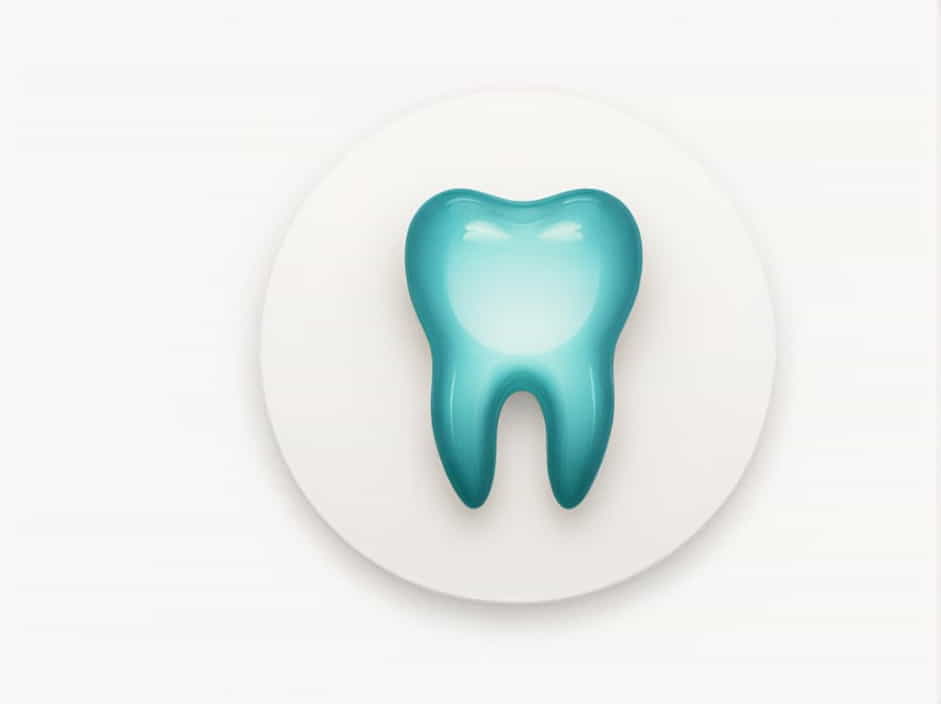The Number of Canals in Maxillary Second Premolar varies depending on the individual’s anatomy. This tooth, located in the upper jaw behind the first premolar, plays a crucial role in chewing and has complex root canal variations.
Understanding the Maxillary Second Premolar
The maxillary second premolar is the second bicuspid tooth in the upper dental arch. It is mainly responsible for grinding food and is often involved in root canal treatments due to its susceptibility to decay and infections.
Common Root Canal Configurations
The number of root canals in this tooth varies among individuals. Research shows that maxillary second premolars typically exhibit one of three primary canal configurations:
-
Single Canal (One Root, One Canal)
- Most common variation, found in about 50-75% of cases.
- The tooth has one root and a single, straight canal.
-
Two Canals (One Root, Two Canals)
- Present in approximately 20-45% of cases.
- The canals may be parallel or join at a common exit near the root tip.
-
Three Canals (Two Roots, Three Canals)
- Less frequent, occurring in about 1-6% of cases.
- The tooth may develop two distinct roots with three separate canals, similar to a molar.
Factors Influencing Canal Number
The number of canals in the maxillary second premolar depends on various factors, including:
- Genetics – Some ethnic groups have a higher prevalence of multi-rooted premolars.
- Age – Root canals may calcify with age, making them harder to detect.
- Radiographic Analysis – Advanced imaging, such as CBCT (Cone Beam Computed Tomography), helps in identifying complex canal systems.
Clinical Importance in Endodontics
For dentists performing root canal treatments, knowing the possible variations in canal numbers is essential. Missed canals can lead to persistent infections and treatment failure.
Challenges in Root Canal Treatment
- Anatomical variations make it difficult to locate all canals.
- Narrow or calcified canals require specialized tools for proper cleaning and filling.
- Incorrect diagnosis can lead to incomplete treatment, causing pain and reinfection.
The maxillary second premolar most commonly has one canal, but it can also have two or three, depending on anatomical variations. Proper diagnosis using advanced imaging is crucial for successful dental procedures. Understanding these variations helps ensure effective treatment and better patient outcomes.
